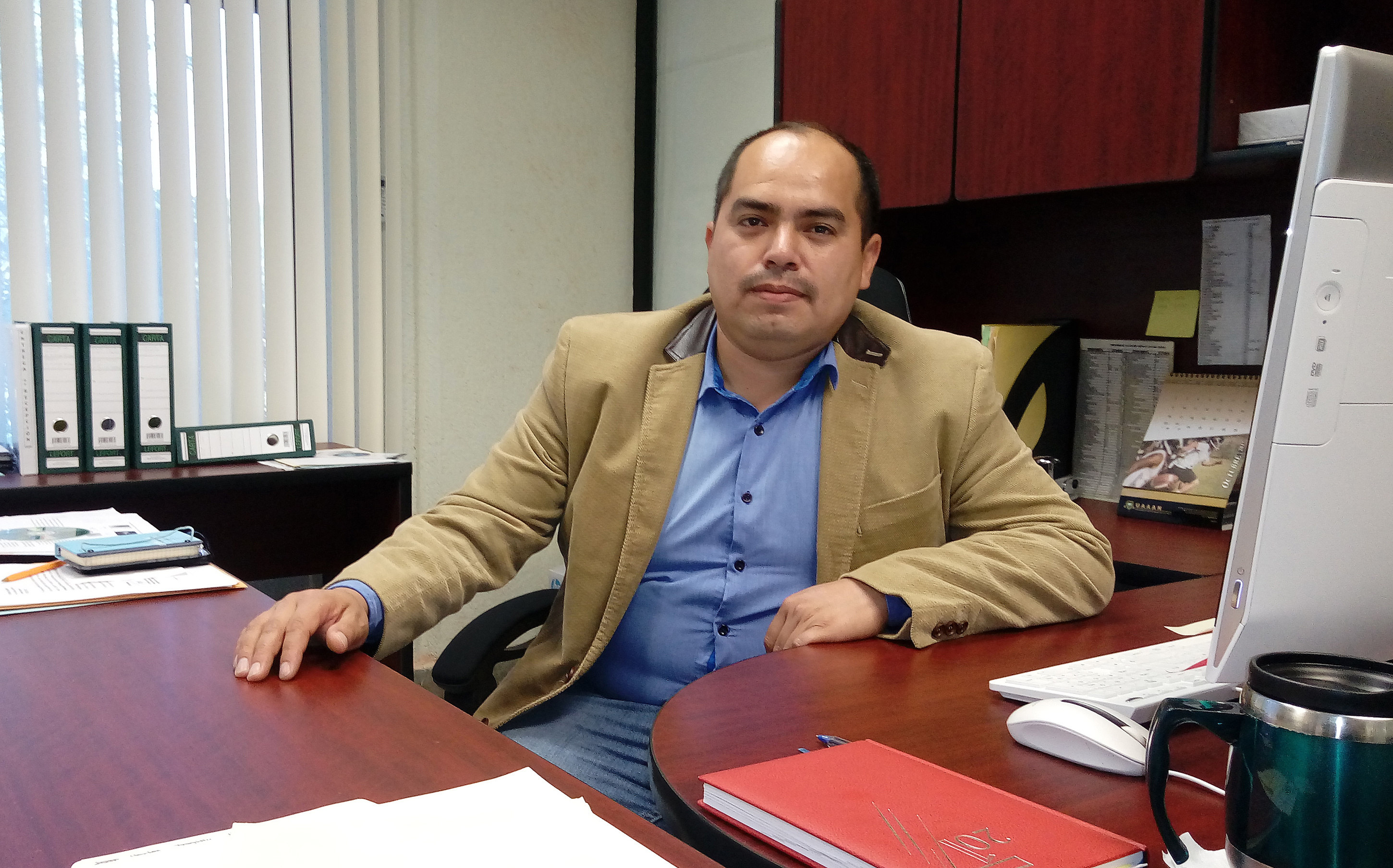
Mexican researchers look to determine monetary value of natural resources
Mexican researchers are developing methodologies for calculating the monetary value of natural and environmental resources, the National Council on Science and…
Mexican researchers are developing methodologies for calculating the monetary value of natural and environmental resources, the National Council on Science and Technology (Conacyt) said Friday.
Weighing ecological, scientific, economic and social factors, the investigators at the Antonio Narro Agrarian Autonomous University, located near Saltillo, capital of the northern state of Coahuila, are using four different methodologies to assess the value of rivers, mountains, beaches, parks and other public places.
These assets are being used inefficiently in the sense that "there's no way to charge or compensate for damages or alterations that occur at these places," one researcher, Gregorio Castro, said in reference to human activity.
The four methods used in the team's research are contingent valuation, travel cost, hedonic pricing and contingent ranking.
"The direct methods are those such as contingent valuation and contingent ranking where people are asked directly how much and whether they are willing to pay for the conservation and improvement of those places," the expert said.
RELATED CONTENT
These figures, along with the justification of each response, allow the researchers to obtain "a hypothetical market."
The indirect methods are based on calculating how much users spend in enjoying the given sites as a means of obtaining an approximate value of their worth to them.
In the case of the travel cost method, visitors to the place in question are surveyed to learn what expenses they incurred during their visit.
"They tell you how much they're willing to pay based on what they spent. It's a method used more for (estimating) recreational value," Castro said.
He said that assigning an monetary value to natural resources could prove useful in settling disputes involving, among other things, environmental pollution by companies.
These methodologies have been used thus far in determining the value of socially and environmentally relevant places in Coahuila, including the Zapaliname mountains, the San Lorenzo Canyon and parks in Saltillo.










LEAVE A COMMENT:
Join the discussion! Leave a comment.